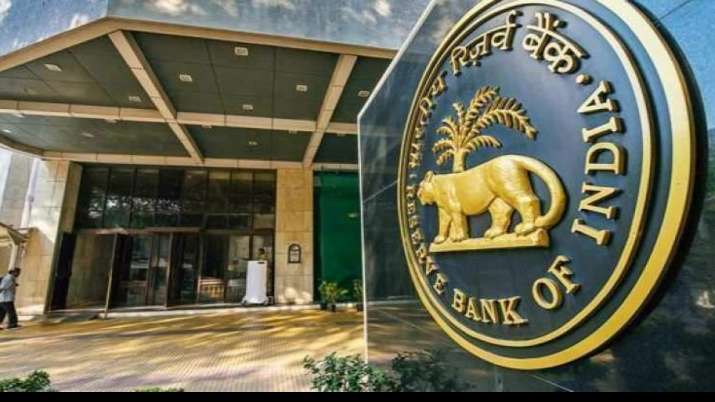
On central bank digital currencies, the document states that CBDCs are gaining a lot of traction with 86 percent of central banks globally reviewing its viability for cross-border transactions as well as internal benefits.
The RBI on Friday came out with its ‘Payments Vision 2025’ document, which calls for a three-fold jump in the number of digital payments, increased usage of debit cards and less cash in circulation. The document also talks about ring-fencing of domestic payment systems in view of emerging geopolitical risks, including the need to mandate domestic processing of payment transactions.
The core theme of the vision documents is ‘e-Payments for Everyone, Everywhere, Everytime’ (4Es) with the overall objective of providing safe, secure, fast, convenient, accessible and affordable e-payment options to every user. “Payment Vision 2025 has been formulated after considering inputs from various stakeholders and guidance from RBI’s Board for Regulation and Supervision of Payment and Settlement Systems,” the central bank said in a statement.
The activities to be carried out during the period up to 2025 as part of Vision 2025 are captured on the five key target positions of Integrity, Inclusion, Innovation, Institutionalization and Internationalization. These include 47 specific initiatives and 10 expected outcomes. Payments Vision 2025 is based on the initiative of Payments Vision 2019-21. According to the document, the expected results include check-based payment volume of less than 0.25 per cent of total retail payments and more than 3 times increase in the number of digital payment transactions.
It expects UPI to register an average annual growth of 50 per cent and 20 per cent growth in IMPS/NEFT and debit card transactions at PoS by 20 per cent. It is also expected that debit card usage will overtake credit cards in terms of value, and the card acceptance infrastructure will grow to 2.5 crore. Cash in circulation (CIC) as a percentage of GDP will also decrease. The National Electronic Funds Transfer (NEFT) system is available round the clock throughout the year and NEFT currently operates in batches at half an hour intervals throughout the day.
“In order to further reduce the settlement risk as well as improve efficiency by making payments closer to real time, the frequency of batches in NEFT will be reviewed and increased,” the document said. Its specific initiatives include the introduction of recipient name look-up, a service for checking the real name of the beneficiary for other fund transfer systems such as NEFT, Real Time Gross Settlement (RTGS) and Immediate Payment Service (IMPS). Currently, only UPI has the facility for the payer to verify and verify the name of the account holder being paid before making the payment.
It further said that with the adoption of digital payment modes, there has been an increase in digital payment frauds. Despite the efforts of the stakeholders, the recovery rate of the fraudulent amount is not very encouraging. “A study will be conducted on the feasibility/feasibility of creation of DPPF with a view to provide security cover to fraudulent customers/issuers of payment instruments,” the vision document said. Guidelines currently exist for home storage of payment data. Banks and non-bank PSOs are permitted to process payment transactions abroad subject to certain conditions.
“In view of the emerging geopolitical risks, alternatives for domestic payment systems will be explored, including the need to mandate domestic processing of payment transactions,” the document said. The Reserve Bank will also undertake a comprehensive review of all aspects relating to charges involved in various channels of digital payments. It added that the feasibility of expanding RTGS to settle transactions in major trading currencies such as dollar, pound and euro would also be explored through bilateral or multilateral arrangements.
On central bank digital currencies, the document states that CBDCs are gaining a lot of traction with 86 percent of central banks globally reviewing its viability for cross-border transactions as well as internal benefits. The CBDC is also an area of interest for the G20 as part of its priority initiative to increase cross-border payments. “The Reserve Bank is working towards the introduction of CBDC in India. Various use cases will be studied and explored to bring further efficiency in domestic and cross-border payment processing and settlement using CBDCs.” More than 260 million digital payment transactions are processed daily by payment systems, of which the Unified Payments Interface (UPI) system itself processes more than two-thirds.
Read also | RBI not behind the curve; It is necessary to bear inflation: Shaktikanta Das
Read also | Markets fall on the sixth day; Sensex down 135 points, Nifty below 15,300